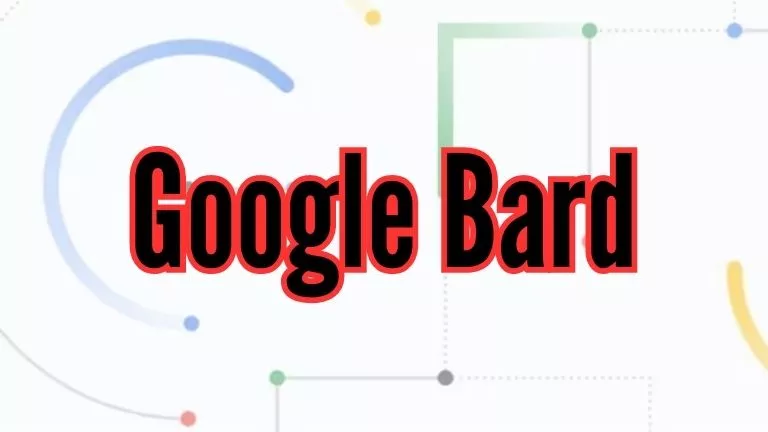In an effort to stay competitive in the rapidly evolving generative AI space, Google has added new features to its AI-powered chatbot, Bard. The chatbot is widely recognized as Google’s answer to ChatGPT, a conversational language model developed by OpenAI. With the addition of visual search and third-party plug-ins, Bard is now equipped with cutting-edge technology that enables it to provide a more engaging and personalized experience for users.
In this article, we’ll explore the new features of Bard, including the elimination of the user waitlist, support for new languages, visual search capabilities, and compatibility with third-party apps and services.
Elimination of User Waitlist
Previously, access to Bard was limited due to the existence of a user waitlist. However, with the latest updates, the waitlist has been eliminated, allowing a wider audience to use the chatbot. This move is designed to provide more opportunities for users to provide feedback, which will help Google improve the chatbot. While the chatbot is still in its early stages, user feedback has already yielded valuable insights that Google has used to refine the technology.
Support for New Languages
Bard has also added support for two new languages, Japanese and Korean, with 40 additional languages slated to come soon. This makes the chatbot accessible to a much larger audience, which will help Google expand its reach and increase its user base. However, as Sissie Hsiao, the vice president and general manager of Google Assistant and Bard, notes, large language models like Bard are still a nascent technology. As such, Google will continue to refine the technology and expand its capabilities over time.
Visual Search Capabilities
While Bard is not a search engine, Google has announced plans to add visual search capabilities to the chatbot. This will allow users to ask for must-sees in a particular location and receive both a text response and images to help them gain a better understanding. For example, users can submit photos and ask for a creative caption, which leverages Google Lens to analyze the photo’s contents before generating responses. This feature will make the chatbot more engaging and interactive, providing a more personalized experience for users.
Compatibility with Third-Party Apps and Services
Bard will soon be compatible with additional apps and services, including third-party plug-ins. This move is designed to provide users with more opportunities to engage with the chatbot, and it follows a similar announcement from ChatGPT. For example, with Adobe Firefly, a user could ask for an image for a seven-year-old’s birthday party that includes a unicorn and a cake and receive results within seconds. This will make the chatbot more useful and relevant, increasing user engagement and satisfaction.
Monetization Potential
The new features of Bard are part of Google’s efforts to ramp up the monetization of the chatbot. With advertising revenue shrinking for the second consecutive quarter, Google is exploring new ways to generate revenue. By adding new features and expanding the chatbot’s capabilities, Google hopes to increase user engagement and satisfaction, which will translate into more opportunities to monetize the chatbot. As such, search was a major focus at Google’s developer conference, with the company announcing that it has begun testing generative AI in search.
Google’s efforts to monetize Bard are strategic, given the recent challenges the company has faced in its advertising revenue. By diversifying its revenue streams and capitalizing on the popularity of AI chatbots, Google aims to navigate through this period of turbulence and secure a sustainable future for its core search business.
In conclusion, Google’s AI-powered chatbot, Bard, has received significant updates, making it a more powerful and engaging tool. With the elimination of the user waitlist, support for new languages, visual search capabilities, and compatibility with third-party apps and services, Bard offers users a versatile and interactive conversational experience. As Google continues to refine and expand Bard’s features, it aims to capitalize on the growing demand for generative AI, setting the stage for a more personalized and insightful future. Embracing these advancements will empower users to engage with Bard in meaningful ways, unlocking its full potential as a reliable source of information and assistance.
Frequently Asked Questions (FAQs)
Is Bard a search engine like Google?
No, Bard is not a search engine. While it can provide information and answer questions, its primary purpose is to engage in conversational interactions and provide personalized responses.
How does visual search work with Bard?
Visual search allows users to submit images as prompts to Bard. The chatbot uses Google Lens to analyze the images’ contents and generates both text responses and relevant images to enhance the understanding of the user’s query.
Can Bard be used with third-party apps and services?
Yes, Bard is designed to be compatible with additional apps and services. Google is actively working on integrating Bard with popular apps like Docs, Drive, Gmail, Maps, and partnering with third-party developers to expand its functionality and provide users with more personalized solutions. By incorporating Bard into various platforms, users can seamlessly access its features and leverage its AI capabilities to enhance their productivity and achieve their goals.
How can I provide feedback on Bard?
Google encourages users to provide feedback on their experience with Bard. You can share your thoughts, suggestions, and report any issues through the designated feedback channels provided by Google. Your input will contribute to the ongoing improvement of Bard’s performance and user satisfaction.
Will Bard continue to evolve and improve over time?
Yes, Google is committed to continuously refining and expanding Bard’s capabilities. As the field of generative AI progresses, Google will leverage advancements in technology and user feedback to enhance Bard’s natural language understanding, reasoning abilities, and overall performance. Expect Bard to evolve and become an even more sophisticated chatbot in the future.
